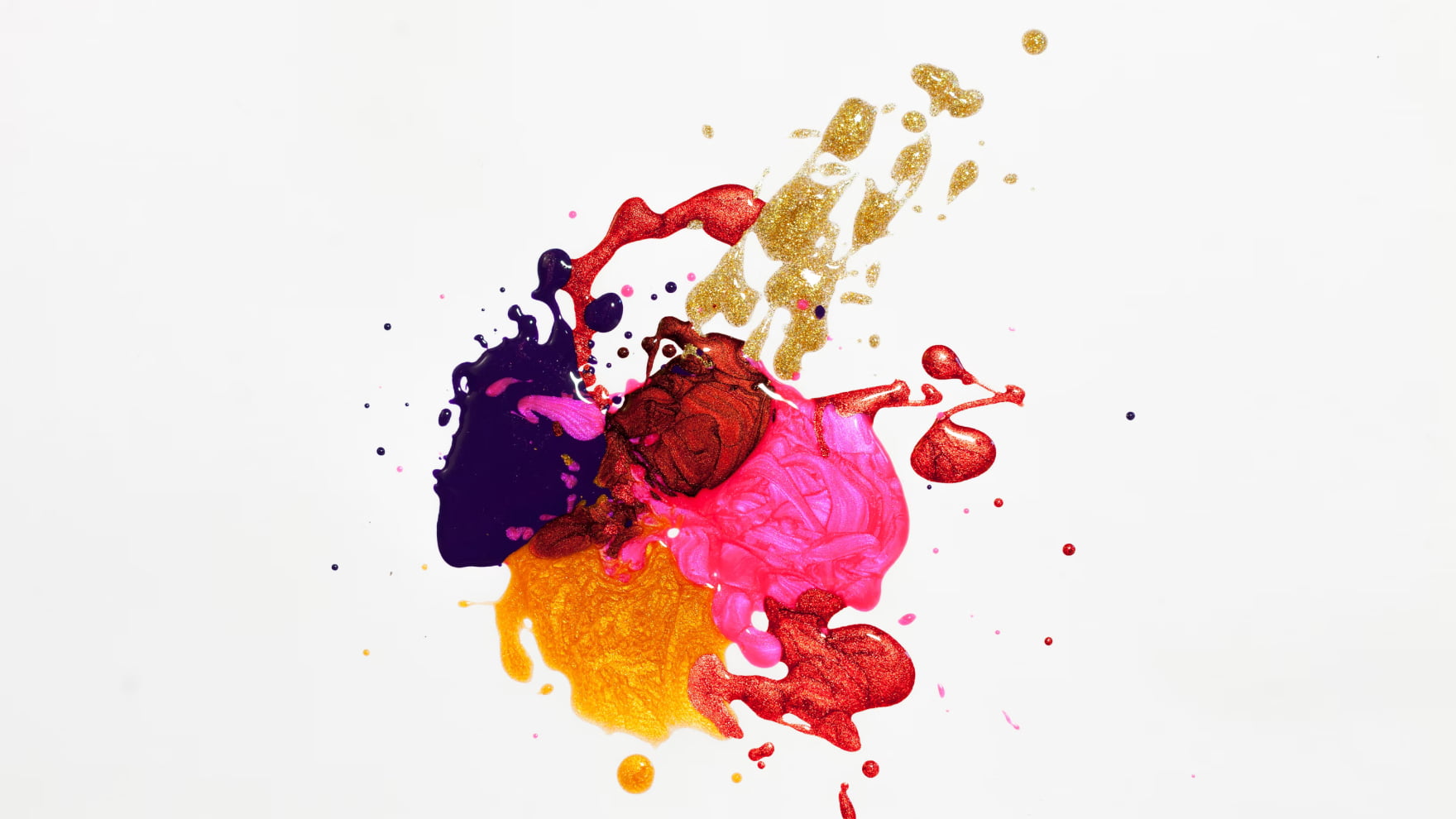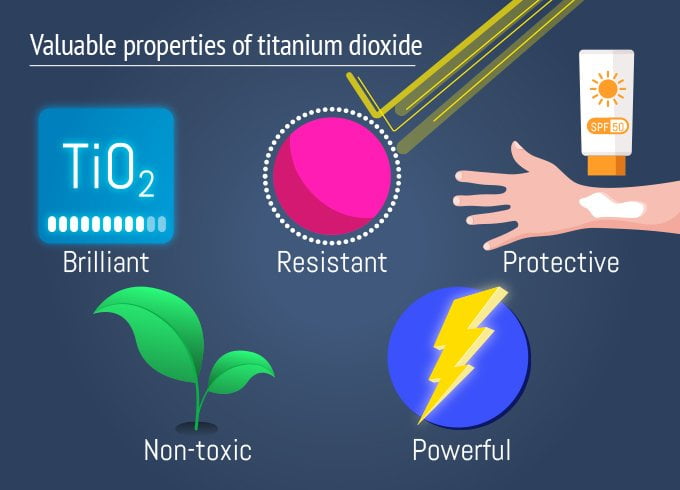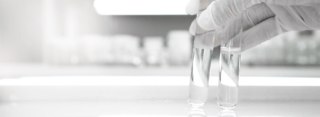About TiO2 / What is titanium dioxide?
What is titanium dioxide?
What is titanium dioxide?
Titanium dioxide (TiO2) is a bright white substance used primarily as a vivid colourant in a wide array of common products. It also has a number of lesser-known qualities that make it an extremely useful and important ingredient in our battle to fight climate change and prevent skin cancer.
Titanium dioxide is a white inorganic compound, which has been used for around 100 years in a vast number of diverse products. It is depended on for its non-toxic, non-reactive and luminous properties, which safely heighten the whiteness and brightness of many materials.
It is one of the whitest and brightest of the known pigments, with reflective qualities; it can also both scatter and absorb UV rays.

What is titanium dioxide used for?
Beyond paints, catalytic coatings, plastics, paper, pharmaceuticals and sunscreen, some lesser-known applications include packaging and commercial printing inks. TiO2 can also be found in cosmetics, toothpastes, and food (where it listed as the food colourant E171).
Prized for its ultra-white colour, ability to scatter light and UV-resistance, TiO2 is a popular ingredient, appearing in hundreds of products we see and use every day, bringing significant benefits to our economy and overall quality of life.
Across the EU, applications for TiO2 include paints, plastics, paper, pharmaceuticals, sunscreen and decorative cosmetics. As a photocatalyst, TiO2 can be added to paints, cements, windows and tiles in order to decompose environmental pollutants.
Paints, coatings and plastics
When used specifically as a pigment in paints, TiO2 is called titanium white, Pigment White 6 or CI 77891. It is also known as ‘the perfect white’ or ‘the whitest white’ due to its powerful, whitening qualities. As a white pigment, TiO2 is one of the essential raw materials for paints and coatings. The “Do It Yourself”/DIY market for paints containing TiO2 is €3.5 billion alone.
Cosmetics and care
In skin care and make-up products, titanium dioxide is used both as a pigment and as a thickener for creams. As a sunscreen, ultra-fine TiO2 is used because of its transparency and UV-absorbing abilities.
Read more about how TiO2 is used in sunscreen.
Environmental benefits
Due to its various properties, titanium dioxide has been found to be useful for many different environmentally friendly applications.
When used in a paint coating on the outside of buildings in warm and tropical climates, the white, light-reflecting qualities of TiO2 can lead to considerable energy savings, as it reduces the need for air-conditioning.
Also, its opaqueness means it doesn’t need to be applied in thick or double coats, improving resource efficiency and avoiding waste.
As a photocatalyst, TiO2 can be added to paints, cements, windows and tiles in order to decompose environmental pollutants. As a nanomaterial (see below), it can also be used as a crucial DeNOx catalyst in exhaust gas systems for cars, trucks and power plants, thus minimising their environmental impact.
Researchers are discovering new potential uses for titanium dioxide in this form. This includes clean energy production.
As a photocatalyst, it has also been shown that TiO2 can carry out hydrolysis (breaking water into hydrogen and oxygen), and the collected hydrogen can be used as a fuel.
Also, a type of solar power cell available for use – known as Grätzel cells – utilises nano titanium dioxide to produce solar energy in a process similar to photosynthesis in plants.
Visit uses of titanium dioxide for more information.
What are the physical properties of titanium dioxide?
Titanium dioxide has a number of unique characteristics that make it ideally suited to many different applications.
It has an extremely high melting point of 1 843ºC and boiling point of 2 972ºC, so occurs naturally as a solid, and, even in its particle form, it is insoluble in water. TiO2 is also an insulator.
TiO2 absorbs UV light. This property makes it appear bright white under light, unlike other white materials that can look slightly yellow.
Importantly, TiO2 also has a very high refractive index (its ability to scatter light), even higher than diamond. This makes it an incredibly bright substance and an ideal material for aesthetic design use.
Another crucial property of TiO2 is that it can show photocatalytic activity under UV light. This makes it effective for environmental purification, for different kinds of protective coatings, sterilisation and anti-fogging surfaces, and even in cancer therapy.
- Brilliant
Brilliance, colour strength, opacity and pearlescence unlike any other substance. - Resistant
Resistance to heat, light and weathering prevents degradation of paint and in films and embrittlement of plastics. - Protective
Ability to scatter and absorb UV radiation makes TiO2 a crucial ingredient for sunscreen, protecting the skin from harmful, cancer-causing UV rays. - Powerful
Is used as a photocatalyst in solar panels and can also reduce pollutants in the air.

What are the forms of titanium dioxide?
TiO2 possesses different qualities depending on whether it is produced as a pigment or a nanomaterial. Both forms are tasteless, odourless and insoluble.
Pigmentary TiO2 particles are approximately 200-350nm in dimension and this form accounts for 98 percent of total production. It is used mainly for light scattering and surface opacity applications. It is used as a base for various colour paints or as a standalone ‘brilliant’ white.
Nano, or ultrafine, TiO2 comprises primary particles sized less than 100nm. In this grade, titanium dioxide is transparent (colourless) and boasts improved UV scattering and absorbing properties compared with larger particle-size pigmentary TiO2.
What is titanium dioxide made of?
Titanium is one of the most common metals on earth, but it does not occur naturally in this elemental form. TiO2, also known as titanium (IV) oxide or titania, is the naturally occurring compound created when titanium reacts with the oxygen in the air. As an oxide, titanium is found in minerals in the earth’s crust. It is also found with other elements, including calcium and iron.
Its chemical formula is TiO2, which means it consists of one titanium atom and two oxygen atoms (hence dioxide). It has a CAS (Chemical Abstracts Service) registration number of 13463-67-7.
TiO2 is typically thought of as being chemically inert, meaning it does not react with other chemicals and is, therefore, a stable substance that can be used in many different industries and for various applications.
Where does titanium dioxide come from?
TiO2 itself was officially first named and created in a laboratory in the late 1800s. It wasn’t mass manufactured until the early 20th century, when it started to take over as a safer alternative to other white pigments.
The element titanium and the compound TiO2 are found around the world, linked to other elements such as iron, in several kinds of rock and mineral sands (including a component of some beach sands). Titanium most commonly occurs as the mineral ilmenite (a titanium-iron oxide mineral) and sometimes as the mineral rutile, a form of TiO2. These inert molecular compounds must be separated through a chemical process to create pure TiO2.
How is titanium dioxide extracted?
How pure TiO2 is extracted from titanium-containing molecules depends on the composition of the original mineral ores or feedstock. Two methods are used to manufacture pure TiO2: a sulphate process and a chloride process.
The principal natural source of titanium dioxide is mined ilmenite ore, which contains 45-60 percent TiO2. From this, or an enriched derivative (known as titanium slag), pure TiO2 can be produced using the sulphate or chloride process.
Sulphate and chloride methods
Of the two methods of extraction, the sulphate process is currently the most popular method of producing TiO2 in the European Union, accounting for 70 percent of European sources. The remaining 30 percent is the result of the chloride process. On a global level, it is estimated about 40-45 percent of the world’s production is based on the chloride process.
As a widely used substance with multiple applications, research is being carried out to improve the production process to reduce the levels of chemicals used and waste produced, and to recycle any by-products.
The future of TiO2
For a substance that is relatively unknown to the public, it’s amazing how many everyday products TiO2 can be found in. Because of its many varied properties, our skin, cities, cars, homes, food and environment are made brighter, safer, more resilient and cleaner by TiO2. With a legacy of 100 years of safe commercial use, TiO2 is only going to become more vital as our environment faces greater challenges from a growing population.




